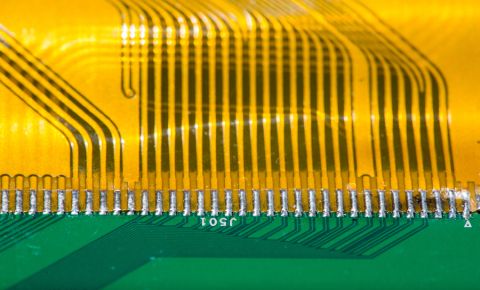Assessing the Post-Development Hardships of Uncontrolled Data Management
For every, team, and business, getting to the release state should be the moment where you can breathe a sigh of relief. This moment, unfortunately, doesn’t always lend itself to joyful celebration. Project completion can mean a) you and your team have successfully constructed a design without any flaws in the documentation process and can now prep for its release, or b) you’ve successfully completed your design but realize a minor (or major) mistake has been made in the data management process, causing revisions, setting back production, and resulting in a delayed product release. If your data management process falls short in any way, it can leave you second-guessing your entire post-development stage.
Post-Development Concerns and Potential Setbacks
Concerns that arise in the post-development stage are understandable, especially if there are uncertainties regarding your data management. Poor control over your ECAD data assets tends to be the result of outdated documentation practices. This makes your data management system prone to a multitude of errors and can lead to the manual reconstitution of many, if not all, aspects of your ECAD process.
Properly Storing Your ECAD Data
Where you store your ECAD data is equally as important as how you store it. Many businesses today still resort to popular network drives like Dropbox to store their ECAD assets. While this may seem like a convenient option, failure to implement an organized, reliable data management system into your design scheme can present you with the following challenges:
-
Access limitation
-
Poor data control
-
Disparate complex data
-
No lifecycle support
This lack of a structured, more project-oriented data management system may not only restrict access to certain files but can also make data susceptible to being misplaced or lost.
Deliver Your Product Without Hesitation
When assessing post-development uncertainties, it’s easy to lose yourself in the web of “what-ifs”. Understanding what resources to use, how to properly implement your data management strategy, and where to store your data can turn your doubts into assurances. Don’t waste valuable time questioning your process, or having to amend your design data due to costly errors — a problem you don’t want to run into when pushing a design through to production. Have confidence that your data is accurate, organized, and being properly managed from the start.
Download our free white paper today to learn how Altium Vault® can help you handle your data management system wisely, with time and budget in mind.
About Author
About Author
David Haboud joined Altium as a Product Marketing Engineer in 2015. He studied electrical engineering, emphasizing computer architecture and hardware/software design at the University of Southern California. As an embedded software engineer in the aerospace industry, his focus on firmware development and data acquisition for auxiliary power units highlighted the importance of cross-functional collaboration. Through his engineering experiences, he discovered his passion for enabling cross-discipline engineers to communicate effectively. In his spare time, he hosts and performs in improvisational and stand-up comedy nights in San Diego, California.
Related Resources
Related Technical Documentation
Table of Contents
Altium is transforming the electronics industry so thoroughly that our web pages need a minute to catch up. For a short time, some information on this page may be outdated.
We appreciate your patience. It will be worth the wait!
Learn More
Try Altium Designer
Which best describes you?
Try Altium Designer
Which best describes you?
 Back
Back
 Back
Back










